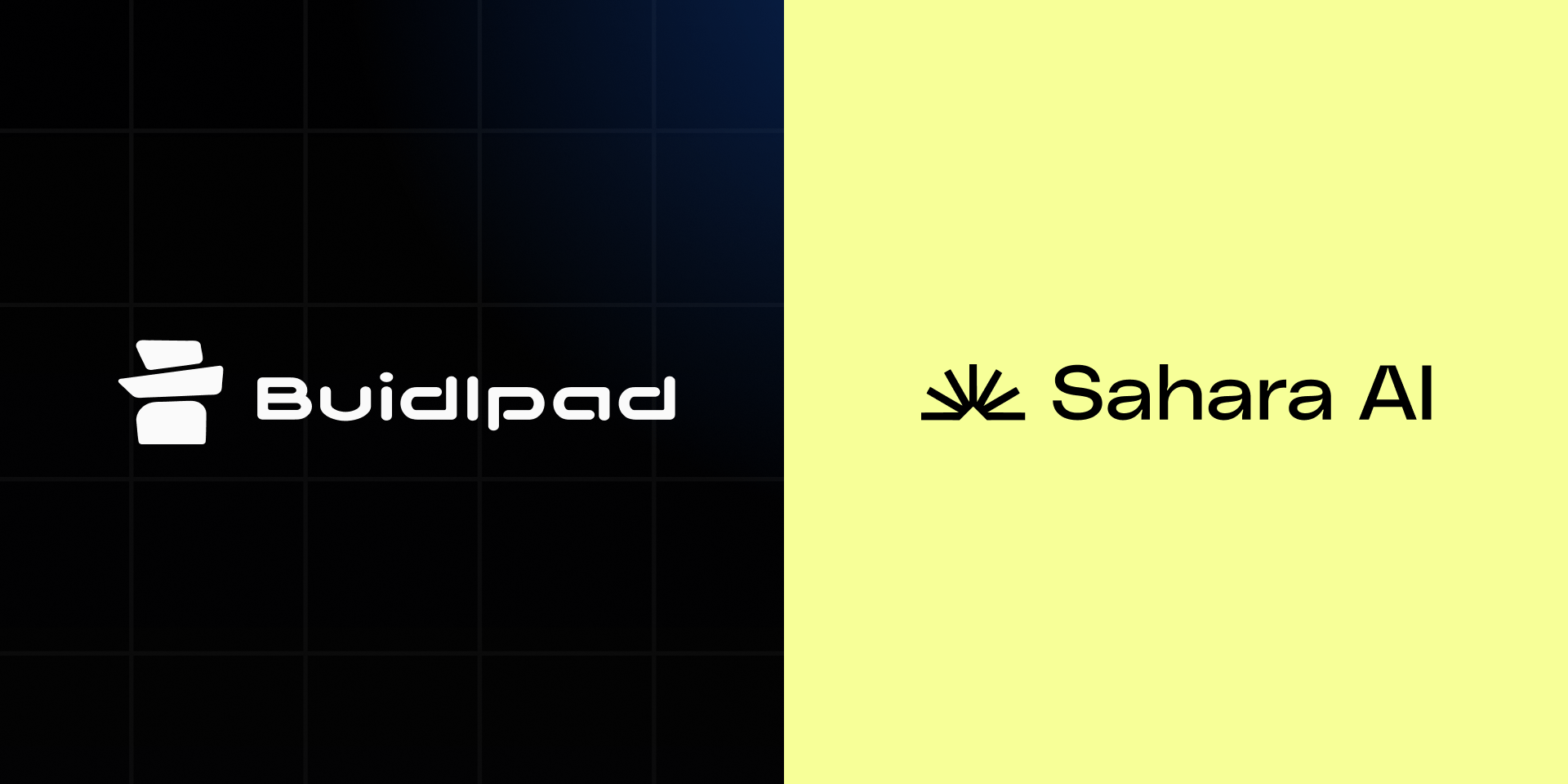Introduction
The convergence of blockchain and artificial intelligence is no longer a speculative narrative—it’s unfolding in real time. Sahara AI is at the frontier of this convergence, designing an AI-native Layer 1 blockchain that supports decentralized agents, on-chain data attribution, and fair AI monetization.
As both Web3 and AI continue to evolve, Sahara AI aims to become the foundational layer for a decentralized intelligence economy. This article takes a deep technical look into Sahara’s architecture and analyzes its potential from a long-term investment perspective.
- Why AI Needs a Specialized Blockchain
Traditional Layer 1 chains like Ethereum are optimized for general computation, but they are not built for the heavy data and inference workloads of machine learning.
Sahara AI addresses this by building an EVM-compatible Layer 1 that introduces core innovations tailored for AI:
Native support for matrix operations, model serialization, and training logic
Smart contract standards for licensing, attribution, and royalties
Infrastructure for hosting and managing autonomous agents
On-chain data traceability, versioning, and governance
In short, Sahara doesn’t merely allow AI use cases—it redefines how they are structured and governed.
Key Components of the Sahara Architecture
Sahara Chain A modular Layer 1 blockchain with a virtual machine optimized for AI logic, inference execution, and fine-grained attribution. It supports scalable on-chain compute and cross-chain interoperability via EVM compatibility.
Sahara Blockchain Protocols (SBPs) These are smart contract modules designed to manage the life cycle of AI assets—from data licensing to model updates. SBPs include mechanisms for tracking contributors, distributing rewards, and managing ownership across collaborative model training.
Sahara ID A decentralized identity protocol that allows both humans and AI agents to have verifiable, persistent reputations. This is key for autonomous agents who act on-chain, manage resources, or perform tasks on behalf of users.
Sahara Agents On-chain AI agents that can autonomously interact with smart contracts, users, and each other. These agents can represent services, DAO workers, bots, or even micro-applications—all tied to transparent logic and optional monetization.
Use Cases Enabled by Sahara
The architecture is designed to support a range of composable use cases, including:
AI marketplaces where models are tokenized, queried, or rented
Research assistants or AI trading agents operating on-chain
Data labeling and crowdsourced annotation tasks with real-time attribution and compensation
DeFi bots governed by token holders and powered by on-chain intelligence
Fully autonomous DAOs staffed by AI agents rather than human multisigs
These are not theoretical. Sahara’s testnet and upcoming Studio tools (Q2 2025) aim to make these use cases developer-accessible.
Competitive Landscape and Differentiation
Several other players exist in the “DeAI” space—most notably Bittensor, Fetch.ai, and Ritual. However, Sahara is differentiated by its full-stack approach:
Sahara Chain is AI-optimized at the VM level
SBPs provide built-in licensing and attribution frameworks
Sahara ID supports cross-agent trust and composability
The agent economy is native and programmable, not bolted on
Sahara is not just another compute marketplace or data labeling app—it is building an operating system for decentralized AI.
Token Utility and Investor Perspective
Although the Sahara token has not launched at the time of writing, its role in the ecosystem is expected to be significant.
Token Utility
Transaction gas fees for compute and inference
Staking for participation, governance, and agent operations
Payments within the AI marketplace (e.g. prompts, model access)
Revenue sharing for model contributors and data owners
Incentive Design
Early contributors can earn rewards via testnet activities
Participation in Sahara Legends (NFT-based gamified program) offers access and rights in the ecosystem
Community data contributors are compensated directly and transparently
Developers can build and monetize dApps on Sahara Studio
Investment Thesis
Sahara is targeting one of the largest future-facing opportunities in tech: decentralized, transparent AI infrastructure. The project is still in early stages, but the architecture, roadmap, and backers signal a strong long-term vision.
With $43M raised from Binance Labs, Pantera, Polychain, and others, Sahara has the resources and partnerships to push forward in a highly competitive space.
Key Risks to Monitor
AI inference costs may still require hybrid compute solutions (on-chain + off-chain)
The token economy must avoid excessive inflation or weak utility at launch
Adoption may be limited until strong agents or apps are built on top
Legal frameworks around autonomous agents and AI monetization are still evolving
Despite these risks, Sahara’s modular design allows it to evolve without major architectural overhauls.
Conclusion
Sahara AI is not just building tools—it is proposing a new governance layer for machine intelligence. Its vision blends the autonomy of AI with the transparency and trust of blockchain. If successful, it could become the foundational infrastructure for the emerging decentralized AI economy.
For investors, developers, and data contributors, the opportunity lies in getting involved early—before the AI agent economy scales globally.
Links
Official site: https://saharalabs.ai
Launchpad listing: https://www.buidlpad.com/projects/sahara-ai
Twitter: https://twitter.com/Sahara_Labs
